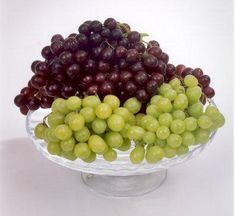
The grape sector is celebrating after winning the battle to continue using sulphur pads with its product.
The industry had feared the European Commission was set to outlaw the pads, which are used on table grapes to prevent the formation of botrytis and skin discolouration during transit.
The issue arose after Norway’s food standards agency challenged the validity of sulphur on grapes entering the country. Support from other Scandinavian countries led to a Europe-wide debate.
That debate prompted fears that a ban on sulphur pads would leave Europe without a large proportion of its grapes.
The use of the pads on grapes meant that the S02 was classified as a food additive and regulated by a European Directive and that Directive was being interpreted in contrasting ways in different EU member states.
A campaign, launched by industry representatives Freshfel, the Fresh Produce Consortium and other interested groups, has now proved successful, with an amendment to the Directive accepted by the European Parliament.
A maximum residue level of 10mg per kg has now been set for grapes and lychees, which Tom Lyall, food safety advisor with Freshfel, said was exactly what the industry was looking for.
“There’s absolutely no negative health implications at those levels, and the general residue levels on grapes is 5mg a kg,” he said.
“We welcome the clarity on the amount and it will allow the continued trade of table grapes in line with the demands of the entire industry.”



